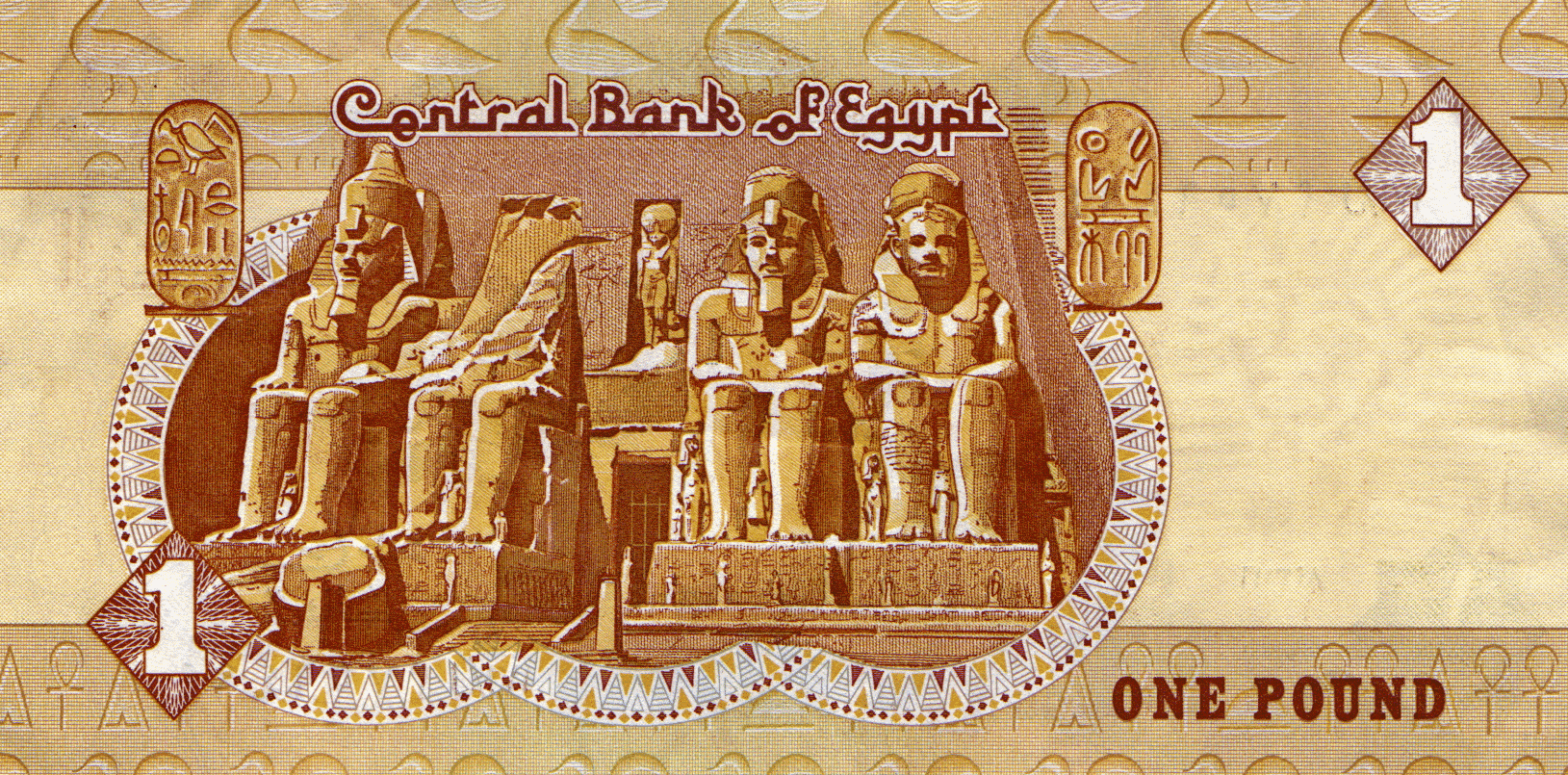
Egyptian Pound
The Egyptian pound is the current basic unit of currency in Egypt, and the pound is divided into 100 piasters or 1000 millimes issued by the Central Bank of Egypt, and the ISO 4217 code is used to refer to the Egyptian pound with the letters EGP, and the issuance of the Egyptian pound was approved in 1834 AD, and it was minted and circulated in 1836 AD.
History
From the beginning of the circulation of gold and silver coins in Egypt until 1834, there was no specific monetary unit that represented the basis for the monetary system in Egypt, and only a few coins were minted, and in 1834 a Khedive decree was issued regarding a parliamentary bill to issue a new Egyptian currency. It is based on the bimetallic system (gold and silver), to replace the main currency in circulation at the time, which is the shark. Under this decree, minting money in the form of gold and silver riyals became a monopoly on the government, and in 1836 the Egyptian pound was minted and put into circulation.
In view of the inability of the Egyptian mint to meet the needs of large transactions and foreign trade, and because of the use of foreign currencies for this purpose, the exchange rates were determined by the force of law for foreign currencies accepted in the settlement of internal transactions, and fluctuations in the value of silver in addition to the adoption of the gold standard by most of the partners Traders of Egypt, especially the United Kingdom, decided to apply the gold standard on a de facto basis, after nearly thirty years of applying the bimetallic system.
The shark continued to circulate so that it was considered 1/100 of the pound, divided into 40 “bara”. In 1885 the issuance of the bar was stopped, and the shark was divided into ten parts called “tenth of the shark”, until the name was changed in 1916 to “milim”.
The National Bank of Egypt first issued banknotes on April 3, 1899. The Central Bank of Egypt and the National Bank of Egypt were unified into the Central Bank of Egypt in 1961.
The official exchange rate with important foreign currencies was fixed by the force of the law, which gave it acceptance in internal transactions, and this led to the evaluation of the Egyptian pound through the gold standards recognized at the time, so that the Egyptian pound == 7.4375 grams of gold, and this standard was used between In 1885 until the outbreak of World War I in 1914, when the Egyptian pound was linked to the pound sterling, so that the pound sterling == 0.975 Egyptian pounds.
The Egyptian pound remained linked to the pound sterling until 1962, when the pound was pegged to the US dollar at a level of $2.3 per Egyptian pound, then the exchange rate changed in 1973 to $2.5555 per Egyptian pound after the collapse of the dollar after the October War, and in 1978 the exchange rate changed To 1.42857 dollars per Egyptian pound (1 dollar == 0.7 Egyptian pounds), after the devaluation of the Egyptian pound, and the pound was partially floated in 1989 so that the dollar became == 3.3 pounds, but the Central Bank was in control of the foreign exchange so that it maintains the value of almost It was fixed to the pound, until the pound was completely floated in 2003.
The Central Bank of Egypt crowned its efforts in the field of currency issuance by establishing a house to print cash instead of printing it abroad. The printing of the various denominations began on December 1, 1968. The Bank also printed some Arab currencies for the benefit of its central banks.
In light of the increasing need for banknotes in order to facilitate transactions resulting from the growth of economic activity, especially after the application of the policy of economic openness, the Central Bank of Egypt issued large denominations (100 EGP, 50 EGP, 20 EGP), where it issued the 20 EGP denomination in May 1977 and the 100g class in May 1979 and 50g class in March 1993.
Categories
Coins circulated in denominations of 25 piasters, 50 piasters, and 1 pound.
Banknotes in circulation for small transactions in denominations of 25 piasters, 50 piasters, and 1 pound.
Banknotes in circulation for medium transactions, denominations of 5 pounds, 10 pounds, 20 pounds.
Banknotes in circulation for large transactions denominations of 50 pounds, 100 pounds, 200 pounds.
The newest category is the 200-pound category, which was introduced in 2007.
